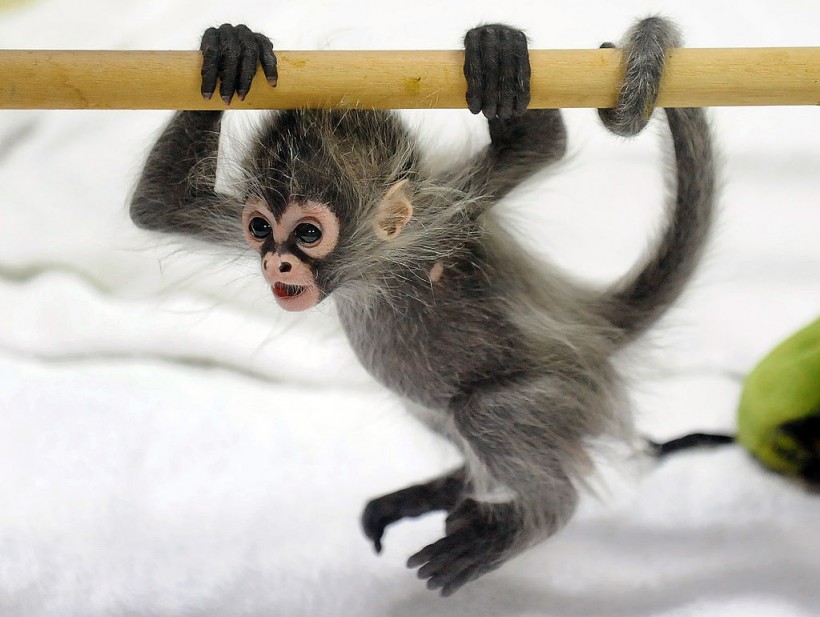
A failed smuggling attempt at the borders of Texas led to the rescue of seven spider monkeys.
An attempt to smuggle seven spider monkeys in a rucksack covered with holes was stopped just as it reached the Texas border.
Seven Spider Monkeys in a Backpack
After following a tip early on Thursday, August 3, Texas Border Patrol agents made a wise decision when they discovered many spider monkeys in a backpack.
Agents from Fort Brown Station detained the owner of the spider monkeys, albeit the reason for the detention was not immediately clear.
After the arrest, agents found the seven spider monkeys, according to a Facebook post. The person who was detained was suspected of bringing monkeys into the nation illegally.
The US Border Patrol expressed their pride in their agents for foiling this attempt to smuggle these highly endangered species.
Agents could be seen clutching a black backpack with several holes full to the brim with spider monkeys in the 25-second video, which was uploaded on Facebook early on Thursday morning.
The United States Fish and Wildlife Service was given custody of all seven spider monkeys.
Critically Endangered and Rare Species
According to the University of Kansas - Center for Latin American and Caribbean Studies, spider monkeys are native to central Mexico and Bolivia, which should not be surprising given that they normally inhabit more tropical areas.
In these wetter settings, there are around seven different species to be discovered.
They were given their name because, as they dangle from branches and move through the treetops, their long limbs and tails look like spider legs. Fruits, nuts, seeds, leaves, and occasionally arachnids and insects are the main food items consumed by spider monkeys.
Moreover, they are considered crucial seed dispersers in the rainforests where they originate.
All known populations of spider monkeys are in decline, according to the International Union for Conservation of Nature. The habitat of the spider monkey has been destroyed as a result of farming, ranching, and road building.
Another aspect of the issue is the clearing of rainforests for human habitation, logging, agriculture, and cattle grazing, USA Today reported.
Also Read: Critically Endangered Northern White-Cheeked Gibbon Baby Born in Houston Zoo
Spider Monkeys
They can move effortlessly from branch to branch and even tree to tree thanks to their long, lanky arms along with their prehensile gripping tails.
Spider monkeys are agile and sociable. Most of the time, spider monkeys are seen in the air. The lack of thumbs does not stop them from powerfully grabbing onto branches.
These animals are New World primates that congregate in packs of up to two or three animals. At night there are six individuals in a sleeping group.
Thet hunt down food in the treetops and they forage in groups, and are noisy creatures that frequently make a variety of sounds, including calls, barks, screeches, and other noises to communicate.
Threats to the spider monkey population include being hunted for food by indigenous tribes. The area that spider monkeys may call home is getting smaller due to logging and degradation, The University of Kansas noted.
Related Article: Endangered Totoaba Fish Swim Bladders Worth $2.7 Million Confiscated in Largest Seizure Reported - Arizona
© 2024 NatureWorldNews.com All rights reserved. Do not reproduce without permission.
![Tsunami Hazard Zones: New US Map Shows Places at Risk of Flooding and Tsunamis Amid Rising Sea Levels [NOAA]](https://1471793142.rsc.cdn77.org/data/thumbs/full/70325/280/157/50/40/tsunami-hazard-zones-new-us-map-shows-places-at-risk-of-flooding-and-tsunamis-amid-rising-sea-levels-noaa.jpg)




